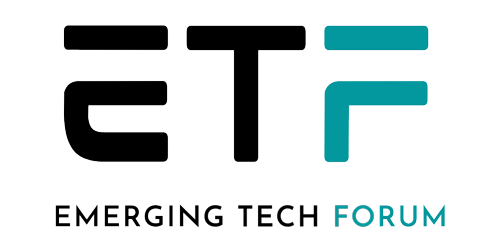Emerging technology businesses must comply with several norms to ensure users have safe and positive experiences online. However, because of the novelty of most emerging tech, positions on the applicability of laws remain unsettled, leaving both markets and users vulnerable. Certain legal obligations are explicitly outlined in legislation, rules, or regulation. But several requirements are implicit and fluid due to the dynamic intersection between users and technology, necessitating a keen understanding of the policy landscape and constant vigil around compliance. The ETF provides a framework to aid industry compliance with both encoded and implied normative standards to engender greater consumer trust and safety while maximizing market welfare.
Step 1
Identify Business Activity and Associated Risks
The different activities carried out by emerging technology businesses present correspondingly additional risks for users. The ETF asks a series of questions to isolate which activity is relevant to an activity as an initial step towards developing a standards framework.
Step 2
Research and Development
The ETF standards for an emerging technology business emanate from established legal standards and implicit norms that materialize through the intersection of a product with society. Explicit standards are specifically designated to a particular activity and technology. Implicit standards are more dynamics and can emanate three sources. First, from laws that do not expressly refer to a digital activity but provide guidance on similar services, where there may be an expectation of compliance. Second, they can also be informed by certain cultural contexts specific to India. Finally, implicit standards can come from empirical research that may provide more optimal and current solutions. Consequently, implicit standards may serve to bridge any gaps that may exist in the remedies available in law i.e., they may create scope to go beyond civil or criminal solutions.
Step 3
Outline Standards
The ETF will survey laws, regulations, rules, and policies to identify the express legal standards applicable to a digital activity. For standards that are more implicit, we deploy an evidence-based approach, looking to research, incident reports, workshops, consumer feedback, and expert input to create a comprehensive compliance matrix of best practices. Once a draft of standards is developed, there will be a consultation process, where the standards will be posted on the ETF website and stakeholders will be invited to comment on them. Once the consultation process is completed, the ETF will publish the standards along with an explanatory memorandum outlining the rationale for how and why particular normative standards were set. The ETF is a transparency-first organization. As such, all comments, and stakeholder feedback (appropriately anonymized to respect respondent privacy) will also be put up on our website.
Step 4
Translate Standards into Design
Translating normative standards into product design can be challenging. Typically, standards can translate into reduced convenience for users, or conflicts with user rights and the mode of deployment for a given standard may vary considerably depending on the type of service. Research indicates that there can be considerable divergence between trust and safety requirements and capabilities even within similar technological product lines. Thus, the ETF will rely on established principles of product design to interpret how standards can be applied in different activity and product contexts.
Step 5
Implementation Commitment, Audit, and Impact Analysis
The ETF takes a commitment from service providers to implement the standards. Regular audits form a part of the implementation commitment given by service providers. The ETF will also carry out impact assessments to understand the efficacy of standards in bolstering user trust and safety. Impact assessments will comprise of a combination of dipstick surveys and incorporate feedback from audits to evaluate how a set of standards is working on the ground. The impact assessments will be published online once completed and will feed into the review and upgrade of standards.

